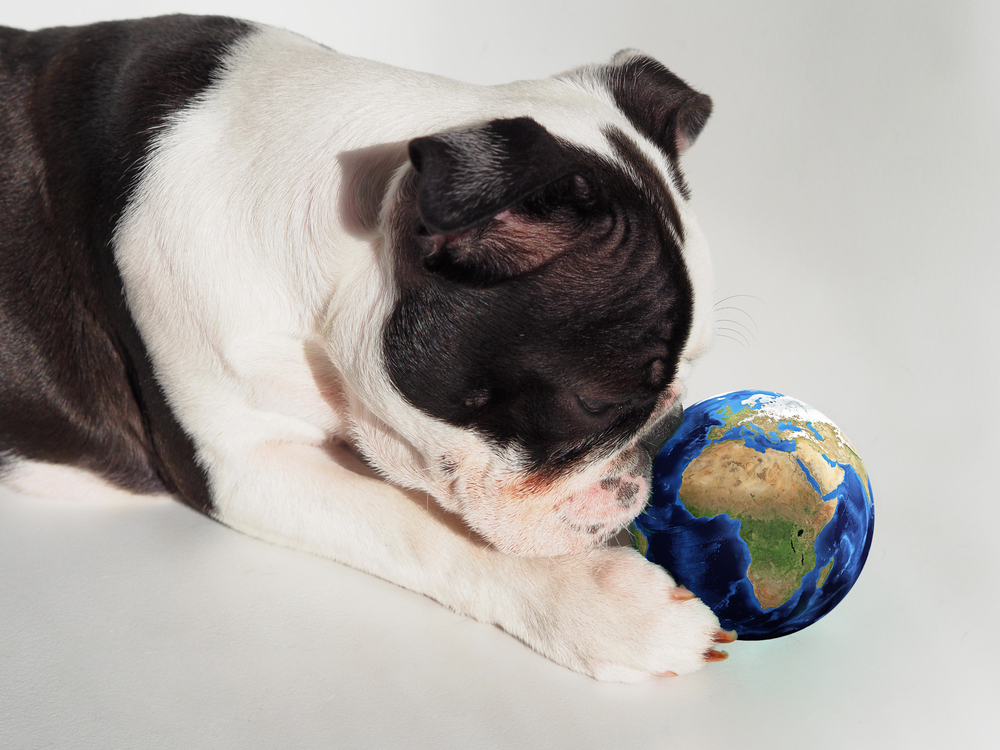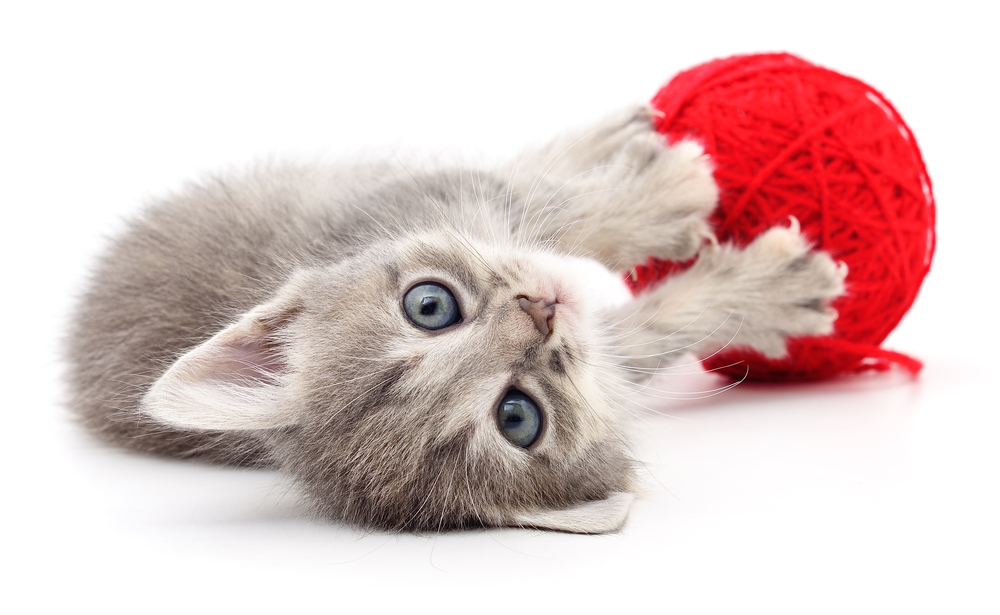One popular saying claims that if you’re not part of the solution, you’re part of the problem. And when it comes to the environmental crisis, truer words were never spoken. What can one pet parent do? Exercise your power.
In the United States alone, the pet industry is worth more than $75 billion. That translates to a lot of pet food, treats, and supplies being manufactured for our furry friends. Unfortunately, not all companies consider being environmentally friendly a priority. So, in consideration of all our planet has done for us, and in anticipation of Earth Day (April 22), here are some tips and tricks for going green.

Use reclaimed products
Reclaimed materials have been previously used and are currently living a second life as a repurposed product. Whether you shop at your local resale store or purposefully purchase products made from recycled or reclaimed materials, you’re doing the earth a big favor.
- Save plastic bags from newspaper delivery or grocery shopping to use as poop pickup bags.
- Shop at the local resale store for pet bedding, toys, and accessories.
- Resell your used pet accessories online, offer them as freebies on social media, or unload them in a garage sale. Remember the adage “One man’s trash is another’s treasure.”
- When you must buy new, look for products made from reclaimed materials, such as dog beds stuffed with batting made from recycled plastic bottles or tug toys assembled from recycled cotton rope and recycled rubber.
Choose biodegradable
Biodegradable products will break down into natural elements and become organic material that isn’t harmful to the environment. When purchasing products that will be used once and discarded, choose those that will decompose instead of spending the rest of their lives in a landfill.
- Poop bags. Picking up after your pet is an environmental necessity, mainly because the microorganisms in their feces are a biohazard. So, when you scoop, use biodegradable or compostable poop bags and follow the recommended directions for disposal.
- Cat litter. Sodium bentonite, a popular ingredient in cat litter that makes it easier to scoop, isn’t biodegradable — which means its landfill shelf life is eternal. The solution is to choose alternative litter products that use ingredients such as sawdust, ground walnut shells, and wheat.
- Deodorizers. Most air fresheners use over 100 chemicals, including formaldehyde. If you have a stinky pet, choose deodorizers with biodegradable plant-based ingredients like rosemary and aloe vera.
Be sustainable
Not all products are considered equal when it comes to the environment. When you have to buy new, choose products such as bamboo, wool, or ceramic, which are made from materials that conserve natural resources and protect global ecosystems.
- Food dishes made from ceramic and bamboo are both healthier for the planet as well as for your pet.
- Bedding made from ethically sourced materials like wool and bamboo is readily available online and from your local pet store.
- The greener choice for rubber toys is those made without BPA, an industrial chemical added to some plastics to make them pliable. Experts believe BPAs are toxic to the environment; some also believe they are harmful to human and animal health. When buying plush toys, look for those created with canvas, hemp, cotton, and low-impact dyes.

Make it yourself
One of the easiest ways to be eco-friendly is to give items you no longer use a makeover or put on an apron and start cooking.
- Toys. For a fun tug-of-war toy, take an old tube sock and fill it with other mismatched or worn-out stockings. Tie a big knot in the open end and let your dog use it as a plush toy. Or stuff it with catnip for a DIY cat toy.
- Food. Making your own pet food from recipes developed by board-certified nutritionists can keep your pet healthier and reduce your carbon footprint. Always consult with your veterinarian before changing your pet’s diet.
- Treats. You can make dog treats in your own kitchen without much effort. One of our favorites is sweet potato chewies, made by slow-cooking thick slices of sweet potato in a 200-degree oven for 2–4 hours. Raw carrots treats are also good for your dog, especially heavy chewers who like a good crunch.
- Bedding. Tired of your old towels? Sew a few together and stuff them with other castoffs from your closet for a one-of-a-kind pet bed.
The best way to celebrate Earth Day with your pets is to just get started. Once you begin, you’ll be joining a movement that started in 1970 with Wisconsin Senator Gaylord Nelson, who organized a countrywide effort that included college students, independent organizations, faith groups, and other citizens concerned about the environment. The first Earth Day inspired more than 20 million Americans to participate. By the year 2000, more than 5,000 environmental groups in 184 countries recognized the date.
Today, more than a billion people mark Earth Day as a time to take action — and it’s easy to lend your voice to the global cause. You’ll soon find yourself looking for more ways to live a reclaimed, sustainable, and low-impact lifestyle with your pet every day of the year.


